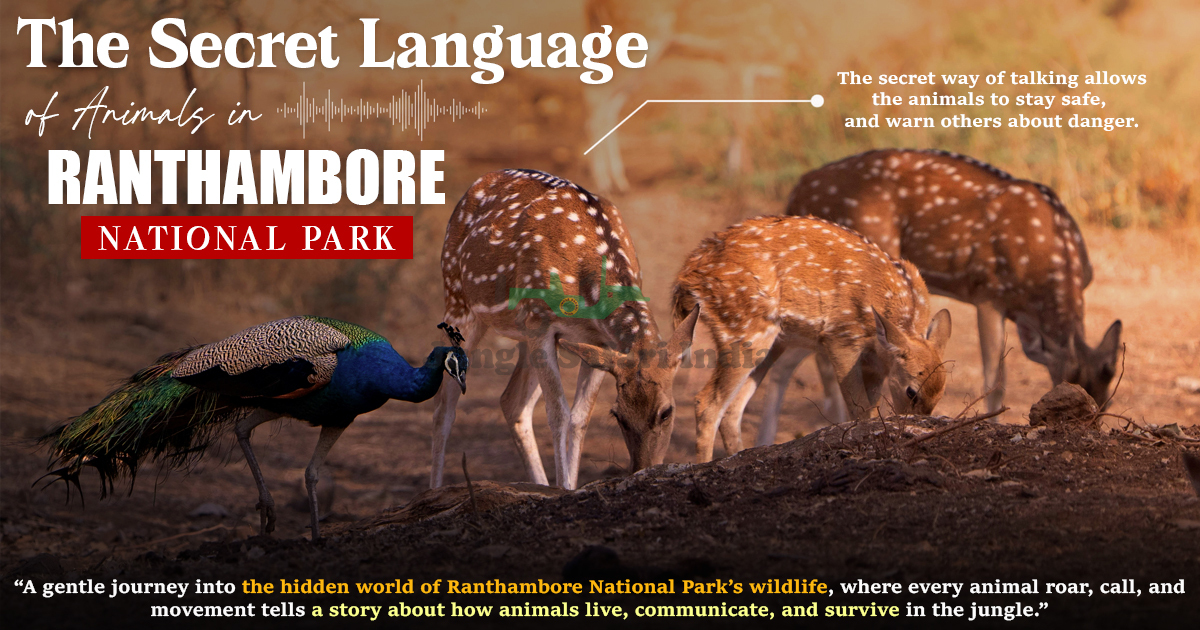We frequently hear about forests being cut down for mining, industrialization, and agriculture. However, in one case, an abandoned region was turned into a forest, which over time became home to a range of animals, including the Royal Bengal Tiger. The inspirational couple behind it all are photographer Aditya Singh and his wife Poonam Singh; it’s an inspirational story of dedication, confidence, and hard work. The 35-acre plot of property lies near Sawai Madhopur, Rajasthan, and adjacent to Ranthambore National Park, one of India’s most well-known national parks. While many individuals talk about how much they love nature and wildlife, one man incorporates it in his work.
From Delhi To Sawai Madhopur
In 1998, Aditya Singh and his wife, Poonam Singh, moved to Sawai Madhopur, Rajasthan. Only a year after joining the civil service, he left his beautiful home in New Delhi and quit his job. This is where he fell in love with photography. At this moment, he and his wife, Poonam Singh, jointly ran a tourist resort that provided them with revenue. Before closing the resort in 2019, they jointly operated it for 20 years.
At First Sight, Falling In Love With Ranthambore
The couple visited the park by Ranthambore Safari ride. Poonam Singh recalls how she and her husband, Aditya Singh, were attracted by Ranthambore on their first visit. “I saw a tigress on a hill with three cubs for the first time,” she recalls. It was amazing. I simply asked him if we could relocate to Ranthambore at the end of the tour. We moved within months since he also wanted it. Together, we both recognized and realized the dream of having our wilderness area on this land.
Over a span of 20 years, the couple purchased the 35 acres of land, walled it off, and stopped overgrazing and tree-cutting. In roughly 15 years, trees and bushes similar to those in Ranthambore National Park also started to appear here at an amazing pace. Rainwater collection and the abundance of trees led to the formation of the two water holes that hold a particular place in his heart today.
Bhadlav Mini Forest: A Haven For Deer, Nilgai, Wild Boars, And Tigers
According to Aditya Singh, the density of wild animals visiting this area increases starting in March, with an enormous number of nilgai, wild boar, and deer. Predators like tigers are subsequently drawn to these. In the Ranthambore Tiger Reserve, many sub-adult tigers—cubs till they are around two and a half years old—are frequently forced from their natural habitat.
However, they wind up in extremely empty locations after they exit the reserve. But since the creation of these miniature forests, many of them have looked for safety here. A wall divides his piece of land from the nearby farmland and the tiger reserve. He has allowed it to become wild in addition to isolating it.
According to him, “The region is known as Bhadlav.” Soon after moving to Ranthambore, I visited this place for the first time with a BBC filmmaker. Animals like tigers used to visit this area next to the Ranthambore reserve’s borders in search of feed. Farmers were selling their land as a result. The only thing I did to this after purchasing it was to get rid of the invasive species. After 20 years, we let the area recover, and it is now a green forest patch that is often visited throughout the year by a variety of animals, such as tigers, leopards, and wild boars.
In addition, Aditya Singh coordinates closely with the forest department to track the movements of these animals and with the local population in the surrounding areas to encourage them to reduce tree-cutting.
In addition to their 35 acres of land, Aditya Singh and his wife, Poonam Singh, are proud owners of an additional five acres of land a short distance away, joined by a small strip of land.
A Small Forest With Its Sources of Water
The dryness of the Ranthambore National Park’s surrounding regions contrasts strongly with the green stretch of land known as Bhadlav. Aditya Singh’s satellite photograph of the region makes this contrast quite evident. This small forest has water holes, so even in the summer, animals will have access to water.
Aditya Singh has additionally significantly lowered the number of tigers and other animals that enter the farmers’ farms by purchasing and developing this previously barren area into a forest. It is a matter of great satisfaction, and he provides a detailed explanation of the development’s reason. “It is just because the animals know that they can find food, water, and safe shelter in this area of the forest without any disturbance,” he explains.
Aditya Singh claims that the individuals performing the camera tapping claim that five tigers are living in this green area.
What Motivated Him? All of Nature And Wildlife!
For those who doubt the idea that nature and wildlife served as the inspiration for his inspirational writing, he responds, “Money was never the consideration.” It’s just my love for wildlife and the natural world. Instead, I am now receiving inquiries from individuals all over India who wish to implement a comparable strategy in their state. People who dispute his decision to not build a project on his land, which is currently worth over Rs. 10 million, or Rs. 1 crore, have frequently questioned him. Along with the pleasure of owning his own forest, he says that he finds satisfaction and pleasure in his work. If you’re also a nature and wildlife enthusiast then you can visit Ranthambore National Park and enjoy the sightings in this area yourself.
Aditya Singh Wants To Stand As An Example for Others
Despite their excellent efforts, Aditya and Poonam Singh agree that they still have a lot of work to do. According to Aditya Singh, he wants to purchase agricultural land next to his patch to motivate others to follow the same.
They have also started a side project that includes a new house and homestay, which is currently underway. When finished, they will have two water holes at the gate and run on solar and wind power. During the summer, animals will visit here, and visitors staying in these accommodations will surely have the “wildlife adventure” they seek!





